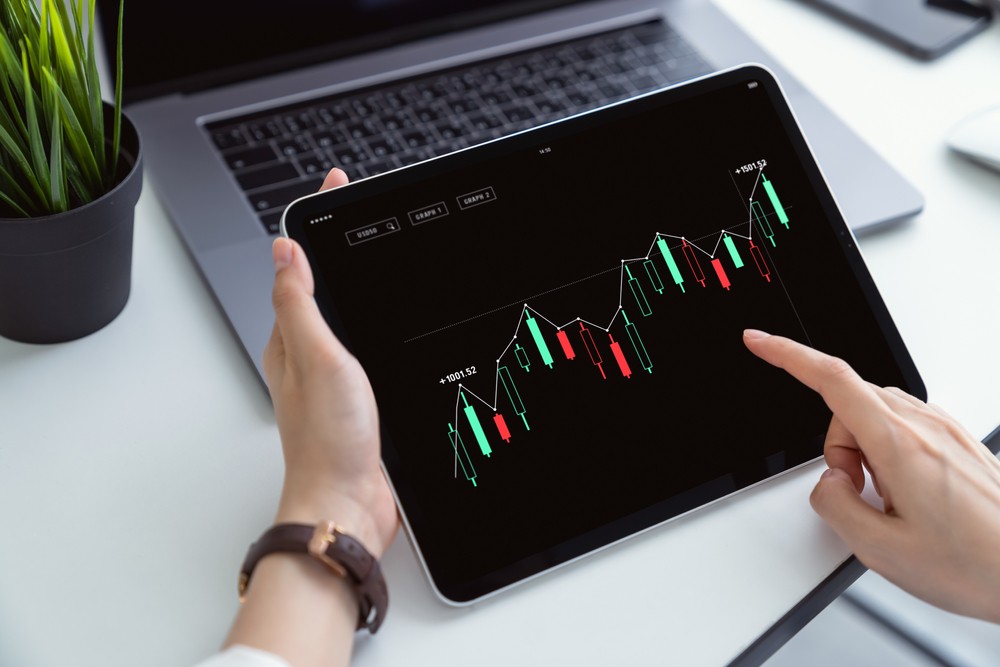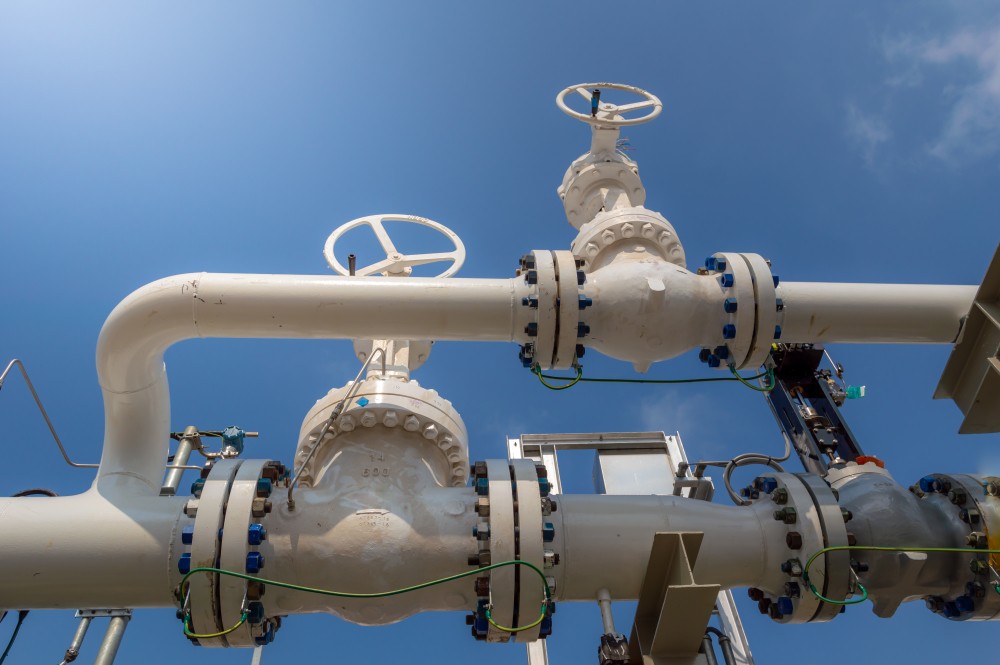Key Takeaways:
- Hard commodities: non-perishable, extracted assets like metals, energy; traded physically and in futures markets.
- Soft commodities: Perishable agricultural products predominantly traded in futures markets due to spoilage risk.
- Price factors: Hard commodities are influenced by global dynamics, soft by environmental conditions and government policies.
- Risk and volatility: Hard commodities are more stable, soft commodities riskier and volatile due to natural factors.
- Investment and ethics: Hard commodities for diversification and hedging; soft for speculation; both face environmental and ethical scrutiny.
Commodities play a crucial role in the global economy, serving as the raw materials and primary inputs for various industries and sectors. They can be broadly categorized into two main groups: hard and soft. These categories are based on the characteristics of the commodities themselves and the markets in which they trade. In this comprehensive guide, we will discuss soft and hard commodities, highlighting their key differences, characteristics, and significance in the world of finance and trade.
What are hard and soft commodities?
Hard refer to tangible, physically existing assets that are typically extracted or mined from the earth. These commodities are non-perishable, durable, and usually have a long shelf life.
Key examples of hard commodities include precious metals as well as energy resources. By energy commodities, we mean oil, natural gas, etc. Agricultural products such as wheat, corn, and soybeans, while harvested from the earth, aren’t considered hard because they are perishable and have a relatively short shelf life.
Soft commodity examples
Soft, on the other hand, encompasses a wide range of agricultural products and perishable goods. These commodities are typically derived from plants and are subject to spoilage or decay if not properly stored or preserved. Soft include agricultural staples like wheat, corn, soybeans, coffee, cocoa, sugar, cotton, and livestock such as cattle and hogs.
The value of agricultural commodities is influenced by factors like weather conditions, crop diseases, and supply chain disruptions, making them inherently more volatile than hard commodities.
Market dynamics and trading

Hard commodities are traded on both physical and futures markets. Physical markets involve the actual purchase and sale of the physical commodity itself. In contrast, futures markets allow participants to trade standardized contracts representing the future delivery of the commodity.
Interestingly, hard often have well-established and centralized futures exchanges where price discovery and hedging activities occur. For example, the Chicago Mercantile Exchange (CME) is a prominent futures exchange for hard commodities like crude oil and metals.
What about soft commodities?
Soft commodities predominantly trade on futures markets due to their perishable nature. These futures contracts specify not only the price but also the quantity and quality of the commodity to be delivered at a future date.
The Intercontinental Exchange (ICE) and the Chicago Board of Trade (CBOT) are leading exchanges for soft commodity futures trading. In addition to futures contracts, soft may also be traded on physical spot markets, but these transactions are often subject to greater logistical challenges and quality variations.
Which factors determine the prices of hard and soft commodities?
The prices of hard commodities are influenced by various factors, including global supply and demand dynamics, geopolitical events, and currency movements. For instance, the price of crude oil can be heavily impacted by changes in OPEC production quotas, geopolitical tensions in oil-producing regions, and fluctuations in the value of the U.S. dollar.
Additionally, industrial demand and technological advancements can significantly impact the prices of metals like copper and aluminum.
The prices of soft commodities are highly sensitive to factors such as weather conditions, crop diseases, and government policies. For example, a drought in a major wheat-producing region can lead to a decrease in supply and drive up wheat prices.
Conversely, government subsidies or import/export restrictions can influence the supply and demand balance for soft commodities like sugar and cotton. Exchange rates also play a role, as fluctuations can affect the competitiveness of soft commodity exports.
Risk and volatility

We can’t forget about risk factors when it comes to hard vs soft.
While hard commodities aren’t immune to price volatility, they often exhibit more stable price movements compared to soft one. This relative stability is due to hard commodities’ long shelf life and durability. Additionally, hard commodities are less prone to sudden supply disruptions, making them attractive as a store of value and a hedge against inflation.
Importantly, soft commodities are inherently riskier and more volatile due to their susceptibility to natural disasters, pests, and diseases. A single adverse weather event, such as a drought or a frost, can significantly impact crop yields and prices. As a result, participants in soft commodity markets often face greater uncertainty and risk, making risk management and hedging strategies crucial.
Investment and speculation
It is worth mentioning that hard have historically attracted investors looking to diversify their portfolios and hedge against inflation. Precious metals like gold and silver, in particular, are considered safe-haven assets during times of economic uncertainty. Additionally, energy commodities like oil and natural gas are commonly used for speculation and investment due to their importance in the global energy sector.
While soft are also subject to investment and speculation, they are typically viewed as more speculative and riskier assets compared to hard commodities. Investors in soft commodity markets often include agricultural producers, traders, and speculators looking to profit from price fluctuations driven by supply and demand imbalances.
Environmental and ethical considerations

The extraction and production of hard commodities can have significant environmental impacts, such as deforestation, habitat destruction, and carbon emissions. Mining activities, in particular, are associated with environmental challenges and ethical concerns related to labor practices and community displacement.
As a result, there is growing scrutiny and pressure on companies to adopt sustainable and responsible practices in the hard industry.
Soft are closely tied to agricultural practices, and their production can also have environmental and ethical implications. Issues such as deforestation for palm oil production, pesticide use, and fair labor practices are prominent concerns in the soft sector.
Sustainable and ethical sourcing of soft is gaining importance, with consumers and investors increasingly demanding transparency and responsible practices.
In summary, soft and hard represent distinct categories of assets with differing characteristics, market dynamics, and price determinants. Hard consist of non-perishable, durable resources like metals and energy products, while soft encompass perishable agricultural goods.
Understanding these differences is essential for investors, traders, and policymakers seeking to navigate the complex world of commodity markets.
Whether one is looking to hedge against inflation, diversify a portfolio, or engage in speculative trading, the choice between hard and soft should be made with a clear understanding of the unique risks and opportunities associated with each category.
Additionally, as sustainability and ethical considerations continue to gain prominence, responsible practices in both hard and soft commodity industries will play an increasingly pivotal role in shaping the future of these markets.









COMMENTS